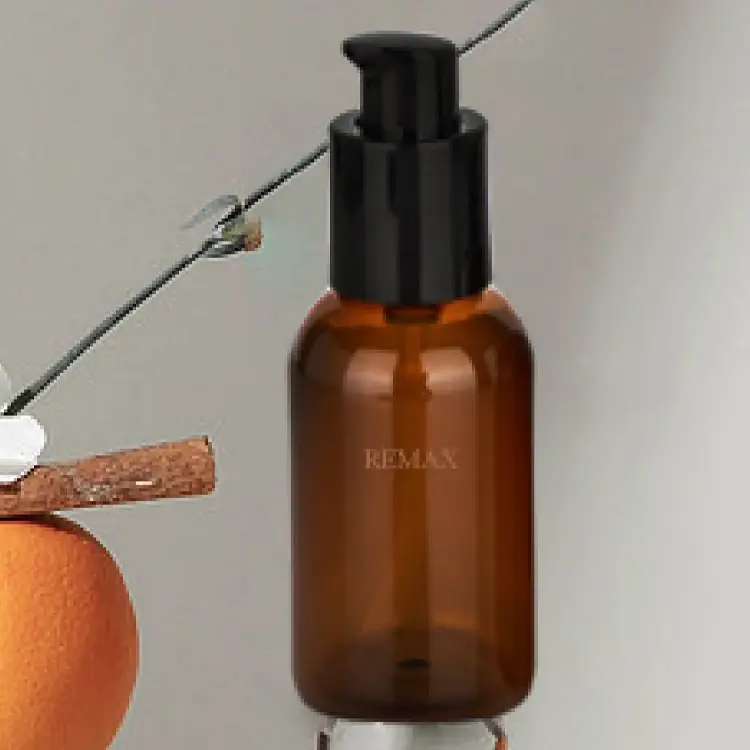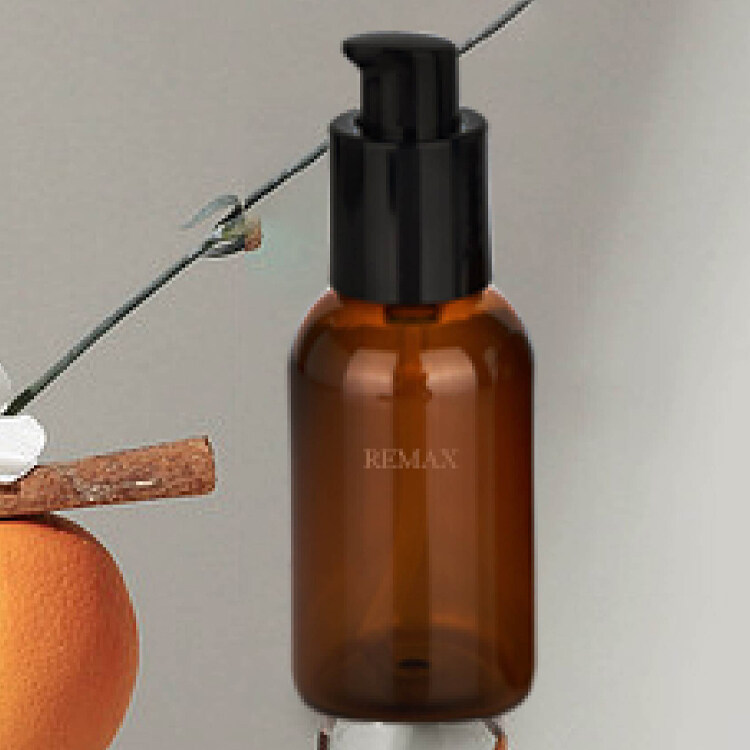Email format error
Email cannot be empty
Email already exists
6-20 characters(letters plus numbers only)
The password is inconsistent
Email format error
Email cannot be empty
Email does not exist
6-20 characters(letters plus numbers only)
The password is inconsistent

In today’s world, packaging plays a significant role in consumer products. Whether it’s the food we eat, the gadgets we use, or the skincare products we rely on, packaging is often the first thing that catches our eye. Among the many industries related to packaging, one that has seen considerable growth is the production of plastic containers for lotions, creams, and other cosmetics. The PE lotion bottle factory is at the heart of this thriving industry, and understanding how it operates provides fascinating insight into the world of manufacturing.
But what exactly goes on inside a PE lotion bottle factory? How does it transform raw plastic into sleek, functional containers? And why is polyethylene (PE) such a popular material for these bottles? Let’s dive deeper into the story behind the PE lotion bottle factory and uncover the steps that lead to the creation of the familiar bottles you see on store shelves.
Before we explore the workings of a PE lotion bottle factory, it's important to understand what PE actually is. Polyethylene is the most common plastic in the world, used in everything from plastic bags to medical devices. It’s a type of polymer made from ethylene gas, derived from natural gas or crude oil. PE comes in several forms, with high-density polyethylene (HDPE) and low-density polyethylene (LDPE) being the most commonly used types.
For lotion bottles, PE is highly preferred due to its lightweight nature, flexibility, durability, and resistance to chemicals. These properties make it perfect for packaging personal care products that are often exposed to various environmental factors like sunlight, heat, and moisture.
Before any manufacturing begins, the first step in a PE lotion bottle factory is designing the bottle itself. Every lotion bottle needs to balance functionality with aesthetics. The design process involves a team of experts, including product designers, engineers, and marketers, who come together to create a product that meets both the company’s branding and the consumer’s needs.
This stage typically starts with sketches and 3D modeling software. The design must consider:
Once the design is finalized, the team creates prototypes. These prototypes allow the designers to test the functionality of the bottle, ensuring it feels good in hand, dispenses lotion properly, and maintains its structural integrity over time.
The next stage is the arrival of raw materials at the PE lotion bottle factory. The main material, polyethylene, comes in the form of small plastic pellets. These pellets are transported in large quantities to the factory, ready to be transformed into the bottles we use every day.
A PE lotion bottle factory sources polyethylene from petrochemical plants. The quality of the raw materials is crucial, as it affects the durability, flexibility, and overall performance of the finished product. Quality control tests are conducted at this stage to ensure that the plastic meets the required standards before proceeding to the next step.
The heart of a PE lotion bottle factory lies in its production processes, the most important of which is extrusion blow molding. This process involves several key steps:
Melting the Polyethylene Pellets: The small pellets of polyethylene are fed into a large machine called an extruder. Inside the extruder, the plastic is heated to its melting point, turning the solid pellets into a molten, viscous form.
Forming the Parison: The molten plastic is then extruded (pushed) through a die to create a hollow tube of plastic called a parison. The parison is the precursor to the bottle, essentially a soft, tube-like structure that is pinched at one end.
Blow Molding: Once the parison is inside the blow mold, compressed air is blown into the tube. This forces the plastic to expand and take the shape of the mold, which is designed to the exact dimensions of the lotion bottle. As the air pushes the plastic against the mold walls, the bottle is formed.
Cooling: After the bottle is shaped, it needs to cool down and harden. The mold is often water-cooled to speed up this process. Once the plastic cools, it retains its shape as a solid bottle.
Trimming and Finishing: After the bottle is removed from the mold, any excess plastic (called flash) is trimmed off. The bottles are then subjected to further finishing processes, such as labeling or printing, before moving on to quality control.
In any PE lotion bottle factory, quality control is a critical step. No company wants its customers to experience faulty products, especially when it comes to the packaging of skincare items. At this stage, factory workers or automated systems check the bottles for defects like uneven walls, incorrect dimensions, or cosmetic imperfections.
These quality checks ensure that each bottle meets stringent standards before it's ready to be shipped off. The factory may also conduct strength tests, drop tests, and ensure the bottles are leak-proof.
One thing that differentiates one lotion bottle from another is its appearance. This is where customization comes into play. Most PE lotion bottle factories offer a variety of customization options to the brands they work with. This might include:
Customization is key to making the lotion bottles stand out on store shelves, as packaging is often a decisive factor in whether a customer chooses one product over another.
Once the lotion bottles are manufactured and inspected, they are packed in bulk and shipped to the cosmetic companies that will fill them with their products. Some PE lotion bottle factories may even offer services like filling and packaging the lotions, making them a one-stop shop for cosmetic companies.
These bottles, now filled with lotions or creams, eventually make their way to stores, where they are displayed on shelves for customers to buy. The journey from raw plastic pellets to a finished, functional lotion bottle is now complete.
As sustainability becomes an increasingly important concern for consumers, many PE lotion bottle factories are adopting eco-friendly practices. Polyethylene is recyclable, and some manufacturers have started using recycled PE to produce new bottles. Additionally, some factories are working on reducing their carbon footprint by using renewable energy sources or cutting down on plastic waste during the production process.
The beauty industry is also responding to the demand for eco-conscious packaging by exploring alternative materials like biodegradable plastics, though PE remains a widely used option due to its cost-effectiveness and durability.
The process of creating lotion bottles may seem simple at first glance, but it’s actually an intricate dance of design, engineering, and innovation. From the careful selection of materials to the precise molding techniques, each step is crucial in bringing the final product to life.
Whether you’re a cosmetics enthusiast or simply curious about the world of manufacturing, the story of a PE lotion bottle factory provides a unique glimpse into an industry that shapes our everyday lives. Next time you apply your favorite lotion, take a moment to appreciate the journey that bottle has gone through—from raw material to the polished, personalized container in your hand.